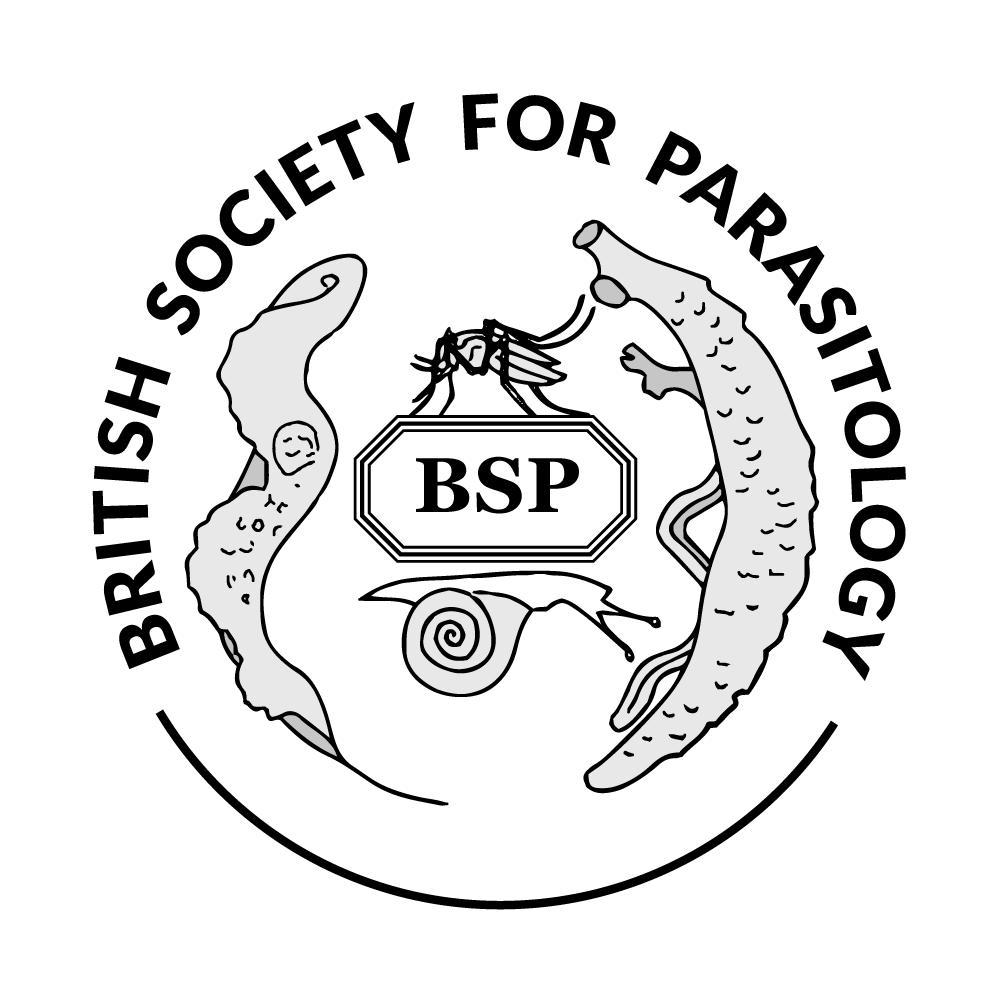

|
Poster
11 |
Microbiomic sialidases as potential targets to prevent Trypanosoma congolense colonization in tsetse |
African trypanosomes are protozoan parasites causing Human African Trypanosomiasis (HAT) and Animal African Trypanosomiasis (AAT, also called Nagana) in sub-Saharan Africa. During development, parasites circulate between insect vector and mammalian host. To ensure their survival in both, trypanosomes have evolved different strategies. One includes the expression of an unusual surface glycosyltransferase termed trans-sialidase (TS) [1]. TS catalyse the transfer of terminal sialic acids (Sia) from glycoconjugates to terminal galactosyl residues on target glycoproteins. Due to the lack of Sia synthesis de novo parasites utilise TS to scavenge Sia from host glycoconjugates and decorate its own surface molecules [2]. This generates a negatively charged glycocalyx, which protects the parasite in the fly gut. Our research focus is on the biochemical characterisation of TS from Trypanosoma congolense (TconTS). Enzymatic activities of different TconTS enzymes were determined and showed different ratios of Sia transfer over sialidase activity [3,4]. While major studies have focused on TS catalytic domain, we recently demonstrated the carbohydrate binding ability of the lectin-like domain (LD) [5]. We investigated the presence of bacterial expressed sialidases in the fly gut as potential competitors for TconTS activity to prevent colonization of trypanosomes. Sialidases catalyse the hydrolysis of terminal Sia and therefore deplete substrates for TconTS present in the bloodmeal. Along this line we have developed a sialidase activity assay as a broad screening method for application in the field. This assay has been used to identify sialidase activity in the fly gut. In a second step several bacteria were isolated, cultured and are currently tested for their potential sialidase expression. Besides bacterial sialidases, modified TconTS only exhibiting sialidase activity could be introduced into the fly gut via transgenic bacteria as a second approach.
In conclusion, understanding the mechanism and function of TS will open new avenues towards the control of trypanosomiasis in Africa.
1. Engstler M, Reuter G, Schauer R. The developmentally regulated trans-sialidase from Trypanosoma brucei sialylates the procyclic acidic repetitive protein. Molecular and Biochemical Parasitology. 1993;61:1–13.
2. Engstler M, Schauer R, Brun R. Distribution of developmentally regulated trans-sialidases in the Kinetoplastida and characterization of a shed trans-sialidase activity from procyclic Trypanosoma congolense. Acta Tropica. 1995;59:117–29.
3. Koliwer-Brandl H, Gbem TT, Waespy M, Reichert O, Mandel P, Drebitz E, et al. Biochemical characterization of trans-sialidase TS1 variants from Trypanosoma congolense. BMC Biochemistry. BioMed Central Ltd; 2011;12:39.
4. Gbem TT, Waespy M, Hesse B, Dietz F, Smith J, Chechet GD, et al. Biochemical Diversity in the Trypanosoma congolense Trans-sialidase Family. Barth